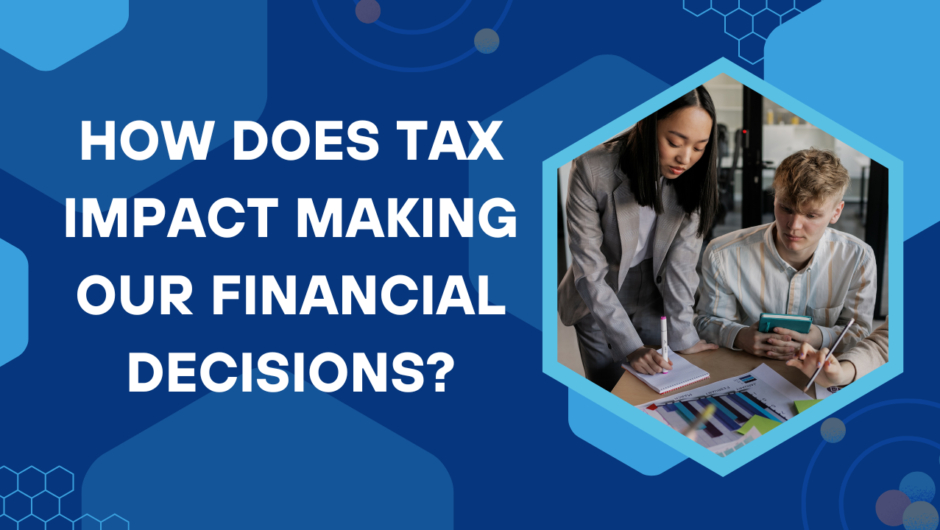The IRS mandates that all nonprofits file an annual Form 990 to report finances and program activities. Filing these forms can be a bit complex, especially for first-time filers. In this article, we will discuss the importance of Form 990, the required information, and how to file it.
What is a 990 form?
Form 990 is an annual information return filed by nonprofit organizations that obtained tax-exempt status from the IRS.
The IRS must receive these forms in order to verify that a nonprofit isn’t taking advantage of its tax-exempt status and is fulfilling its responsibilities and requirements. These forms provide access to an organization’s financial activity and other information the IRS needs.
The IRS isn’t the only party that may be interested in these returns. The general public and especially potential donors and volunteers, may want to learn about an organization’s activity. From a 990 form, the public can learn about an organization’s program service activities, key employees and directors, and what amount of proceeds go towards the organization’s cause.
Which Forms are included in the 990 series?
There are multiple variants of 990 series forms intended for different sizes and types of organizations. These variants are
- Form 990-N (e-postcard) is intended for organizations with gross receipts equal to or less than $50,000.
- Form 990-EZ is intended for organizations with gross receipts below $200,000 and assets below $500,000.
- Form 990 is intended for organizations with gross receipts equal to or above $200,000 (or) assets equal to or above $500,000.
- Form 990-PF is intended for private foundations regardless of gross receipts.
- Form 990-T is intended for organizations that need to report their unrelated business income of $1000 or more to the IRS. Organizations that must file this form will also need to file Form 990-EZ, 990, or 990-PF, whichever corresponds to the organization’s gross receipts.
What information is required?
These forms ask for an assortment of information about the filing organization ranging from finances to fundraisers. The required information for filing 990 forms includes
- The organization’s basic information, including name, address, and EIN
- Financial information such as revenue, expenses, assets, and liabilities
- Program service accomplishments
- Other IRS filings and tax compliance requirements
- Key personnel, governing body, and management details
When is the deadline to file Form 990 Series?
Generally, tax-exempt organizations are required to file Form 990 series by the 15th day of the 5th month after the accounting period ends.
So, if your organization follows a calendar tax year, the deadline to file 990 forms is May 15th.
Are there any penalties for not filing?
Yes! The IRS will impose penalties for late or incorrect forms. Penalties are determined by the form you file, the size of the organization you file for, and the errors on your form.
- If an organization has gross receipts less than $1,129,000, the IRS will impose a penalty of $20 per day past the deadline. This cannot exceed the lesser of $11,000 or 5% of the organization’s gross receipts for the year.
- If an organization has gross receipts of more than $1,129,000, the penalty will be $110 per day late, with a maximum of $56,000 or 5% of the organization’s gross receipts for the year.
If you fail to furnish some required information or accidentally provide false information, you’ll receive a notice from the IRS with a fixed window of time to fix the error. After that period, failure to comply will result in a penalty of $10 per day with a maximum of $5,500.
If an organization fails to furnish a 990 return for 3 years in a row, the IRS will automatically revoke the organization’s tax-exempt status. The organization will have to re-apply for tax-exempt status and pay income taxes for the time being.
Why you Should Review your Form Before you Transmit it to the IRS?
Because incorrect information can result in a penalty, it’s important to review and validate your entire return before you send it to the IRS. If you don’t, you may have to file an amended return. You cannot file an amended return until your original return is accepted, so you’ll have to wait to complete your filing process correctly until then.
Choosing an IRS-authorized e-file provider
The IRS mandates that 990 forms must be filed electronically. This means you’ll have to shop around to find one that meets all of your unique needs. Some applications will include helpful features and instructions, so if you need any assistance, you may want to find one of them.
When you’re looking for a provider, you should make sure you find one that is IRS-authorized in order to ensure that your form is transmitted and accepted correctly.
If you’re overwhelmed and need more time to file your 990, 990-PF, or Form 990-EZ online, you have the option to file an extension Form 8868. Filing this form will result in an automatic 6-month extension on your deadline. You can only file for an extension once per return, so be sure to file by your extended date to avoid penalties.
Although 990 forms can be a little bit of a hassle, the process is much smoother when you are completely aware of what is required from your organization and why you are filing the form.
So, always remember to file your Form 990 online within the deadline and stay compliant with the IRS!
Author Bio:
Olivia Massengale is a content writer for Tax 990. She enjoys creating informative content that helps clients file accurate 990 forms on time.

Hey, this is Johny Sehgal. I am the owner and caretaker at Finance Jungle. I completed my education in BSC and now heading towards the digital marketing industry. I usually have interests in reading, playing games and watching movies. I also love to write content based on quality information. The main motive of mine is to provide the top and best quality information to my readers. Finance Jungle is the blog for the same.











